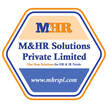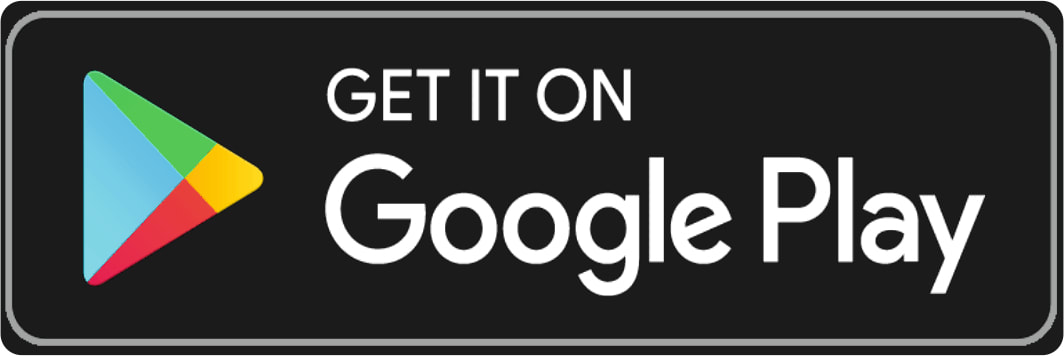|
50,000 HR PROFESSIONALS ARE CONNECTED THROUGH OUR NIRATHANKA HR GROUPS. YOU CAN ALSO JOIN AND PARTICIPATE IN OUR GROUP DISCUSSIONS.
|
|
By:
K. Vittala Rao Legal & Management Consultant and Author of Labour Law Books
Now, high time, HR, being a partner in business, to assertively exhibit its competencies in moving towards business goals. It is a project by itself to be owned by HR, and although challenging, is an essential & inevitable one.
Introduction
As we know, the HR Function was considered as an administrative assignment, but now, there has been a radical change and move towards alignment with Business Targets and supports all the functionaries of a Corporate thus eliminating any obstacles or indulging in addressing all related actions, like, talent acquisition, retention, man-management, developing healthy relations amongst all employees etc. The results achieved or accomplished are not in terms of objective quantification, but subjectivity. For instance, Finance, Production, Market expansion, Cost and profitability etc, in respective KRAs specifically fix objective targets. At any time of the year, one can debate easily, the movement towards the KRA. But, this is not so in HR-no objective KRA, no objective quantification, but highly subjective. No assertiveness exhibited anywhere even though there are several accomplishments. Here where, the development of an "Evidence Based HR" comes into picture. Here, the assessment of HR shall be very objective with quantification and even subject to HR Audit as well. Now, high time, HR, being a partner in business, to assertively exhibit its competencies in moving towards business goals. It is a project by itself to be owned by HR, and although challenging, is an essential & inevitable one.
It is interesting to note that KPMG conducted a global survey in 2014, by interviewing several top HR as well as Heads of reputed Corporates on this topic, like Coco Cola Enterprises, US, JetBlue Airways, IBM, UCLA, AstraZeneca, Royal Dutch Shell, Unilever, McGraw Hill Financial etc.
Academics from University of Southern California, University of Bath, University of Lancaster, Stanford University, & Lancaster University UK and their participation and results were fantastic. There has been a better time, now, to be involved in delivering People - Business joint ventures. CEOs globally grappling with issues like regulations, customer delight, talents and the demands of the workforce. Now HR has massive opportunities to demonstrate its value added delivery of the Business objectives. "For the first time ever you can draw a line of sight in between the HR activities and Business insights…….and been doing so" says Marks Spears, Partner, Global Head and Global Lead for HR Excellence, KPMG, UK. "The whole point of Evidence Based HR is to drive greater value through the better use of the most important asset of an Organisation has: its people. This shift is so powerful. If you ignore it, you are losing opportunities to drive greater customer satisfaction, to drive revenue, to drive higher employee engagement and commitment" according to Robert Bolton, EMA Head of Global HR, KPMG, UK. "Simply put, Evidence Based HR brings together data that can be analysed as a potential solution to business problems" says Lain McKendrik of AstraZeneca [Courtesy quotes from KPMG Report, 2014] What is evidence-based HR? Evidence-based HR is the practice of making decisions supported by evidence from the following sources to help ensure the desired business outcomes are reached:
What are the Benefits of evidence-based HR? Today's fast-paced, highly competitive business world requires sound decision- making for organisations to stay competitive. When HR adopts an evidence-based mind-set, it can better support company goals. The many benefits of this include : 1. Aligning HR practices with strategic organisational goals - An organisation's most important asset is its workforce, which can have a direct impact on the organisation's business performance and bottom line. Using an evidence-based approach, HR will be able to, for example, balance the amount of compensation offered with the existing resources of the organisation, or decide on the number of new talents they need to hire to help the organisation further expand. 2. Systematic and consistent decision-making that generates effective interventions - Think of recruitment, for example. By utilizing hiring data, HR professionals can help their organisations increase recruiting efficiency by 80% and move towards low attrition rates. 3. Reducing speculation, uncertainty, and errors in judgment - Every professional, no matter how senior or experienced they are, will always have their own biases. The presence of data and evidence in people management and HR decision-making will help reduce those biases and allow the team to make judgments based on a shared objective reality instead of just gut instinct. 4. Improve credibility and stature of the HR profession - Gone are the days when HR is seen as merely an administrative team with no real strategic value. By utilizing a data-driven approach to an organisation's people issues and applying HR best practices, HR can directly contribute to increasing the business' bottom line and realizing business goals. 5. Ensuring solid risk management - With data, HR people can not only understand what has gone wrong in the past, but also have an insight into what might happen in the future. This means that HR can make decisions and plan accordingly in order to effectively minimize the possibility of failure when implementing their future initiatives. Next, how do we start the project? a. Since this is an elaborate execution process, HR Head & the Team will have to, start with complete understanding & appreciation, must create a proper mind-set amongst all Heads of other Functionaries, and then jointly work with mutual cooperation & efforts. b. To start with, HR Team must convince the Top Management and their support & blessings are very much essential. c. How do we create data based approach in order to achieve quantitative objective indicators? Let us start with an illustrations 1. The attrition rate in the Company, let us say, it is 30 % and concerted view of all functionaries including Top Management, throws a challenge to HR to bring it down to the lowest level possible, since, the business being hurt very badly. Only one illustration is taken; Any HR/People Management issues should be taken. There are four steps to start with Step 1: Illustration 1 a. Identify the problem, have a brain storming sessions with the Team and debate the possible questions that may come up, take out previous data, if any. b. Pose answerable questions. c. What is really going on? Spending time asking yourself what is at the heart of the issue will pinpoint exactly what you need to solve. d. List out the reasons for attrition, previous data, any attempts made earlier to reduce the attrition and collect all data. e. Reasons for attrition are, recruitments may be improper and unmatchable, interviews be routine and casual, improper placements after selection, induction as a formality etc. Other important reasons are "no proper retention strategies", not much focussed on PMS, awards & rewards, cultural un-adjustments, conflict resolutions, lack of human relations etc. List is not exhaustive. f. List down the initiatives taken earlier and how far has it been positive or negative with all the information and data, if any. g. The Team must list down these reasons and collect information/data etc. h. Talent Acquisition includes retention as well. Recruiting a person-Right person to the Right Job, as well as retention, both are important and essential. Step 2: Develop a hypothesis a. Let us implement and practice "Competency Based Recruitment". In this model, detailed attributes like, technical expertise, flexibility & adoptability, risk taking abilities, problem solving, capability in conflict resolutions, Emotional Intelligence, initiative & drive, people handling or dealing, teamwork, level of confidence, communication skills, personal ethics, work culture & work ethics etc., b. List down all these parameters and formulate for ratings, like 1 to 10. HR must involve in the entire process to guide & monitor the other interviewers. Of course, these parameters may be different for different levels and even Industry. c. The Team must develop this hypothesis that in case the "Acquisition is based on Competencies", this would address one of the causes for retention. d. Next, the Team must deliberate on "Retention" plans & techniques. e. This is very elaborate and Team has to deliberate at length, since, each & every step must be "Competency Based". Each step has "Competent" criteria required and essential for the job-position. Hence, the task is how far the person has such "Competency" to match. PMS, Rewards/awards, succession plans, Training & Development, up gradations, skill up-gradations. Ownership of the tasks & responsibilities are must be "COMPETENCY BASED". This covers entire segments of HR. f. In case, these techniques are adopted, how far can it help in reducing the attrition? On this basis develop a hypothesis. g. Here again documentation of rating, namely, 1 to 10 must be prepared for adaptation. Step 3. Gather data a. Now, the Team has prepared elaborate list purely based on "Competency Management of HR". b. If any previous data is available, please enter the data and have a look at the level of each element and the Team can see the "gaps". Step 4. Implementation and periodic review a. Monitor very closely, how far all the proposals are followed while implementing. b. Now, the Team has successfully brought out "Evidence Based". c. For each & every dos & don'ts, there are "Evidences". d. Apply the evidence. Now it's time to analyse what evidence is implying about your hypothesis and turn it into action. What is it telling you to do, and how will you execute the solution? If there are risks involved in the final decision, decide whether they are worth the potential gains. e. Assess the outcome. The final phase of evidence-based decision-making is evaluating its outcome against your expectations. What has your decision resulted in? Gather feedback to see how it has performed and how different stakeholders have received it. Furthermore, understanding whether the action planned out the way the evidence indicated can help shape the future business strategy. How far HR must be equipped to take the guidance, references, knowledge etc to undertake this Project? a. Evidence-based practice is about making decisions through the conscientious, explicit and judicious use of the best available evidence from multiple sources… to increase the likelihood of a favourable outcome." b. Scientific research/literature and empirical studies. c. HR should critically evaluate the best published scientific research because it's objective, dependable, and provides a general idea of the current studies in a specific area. d. Scientific research results can support HR decisions with all kinds of data, such as: e. Common factors that cause employees to leave. f. Recruitment methods that successfully predict strong performance. g. Average absence rates in other similar jobs/industries. h. You should choose only sources that offer validated research from credible experts, but don't default to just one or two. In fact, comparing insights from multiple sources gives you a better assessment. i. Academic journals and publications. j. Professional advisory networks (e.g., Deloitte or Gartner). k. Human Resources research and development groups (e.g., SHRM). l. Internal company data. You can look through the numbers, such as productivity, retention, and turnover rates. Carefully reviewing current and past employee satisfaction surveys can help you understand how the work environment, company culture, and leadership are perceived. You can also review internal precedents and start asking questions. What approaches or initiatives have worked in the past? And, on the contrary, which ones failed? m. Training sessions on "Competency Based HR" so that HR Team gets fully equipped in Competency Models, Mapping and Competency Assessment. And, if required an expert consultant in the area may be hired. Courtesy: KPMG Report; AIHR Notes Business Manager February 2024 Follow HR Learning Academy WhatsApp Channel by clicking the below link: https://whatsapp.com/channel/0029Va4vHVm1CYoX8FwvPZ1h
0 Comments
Leave a Reply. |
HR Learning and Skill Building Academy50,000 HR PROFESSIONALS ARE CONNECTED THROUGH OUR NIRATHANKA HR GROUPS.
YOU CAN ALSO JOIN AND PARTICIPATE IN OUR GROUP DISCUSSIONS. |
||||||||
site map
SitePUBLICATIONSJob |
HR SERVICESOTHER SERVICESTraining |
POSHNGO & CSROur Other Website:subscribe |
30,000 HR PROFESSIONALS ARE CONNECTED THROUGH OUR NIRATHANKA HR GROUPS.
YOU CAN ALSO JOIN AND PARTICIPATE IN OUR GROUP DISCUSSIONS.
YOU CAN ALSO JOIN AND PARTICIPATE IN OUR GROUP DISCUSSIONS.
Copyright : MHRSPL-2021, website designed and developed by : www.nirutapublications.org.
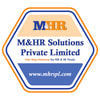



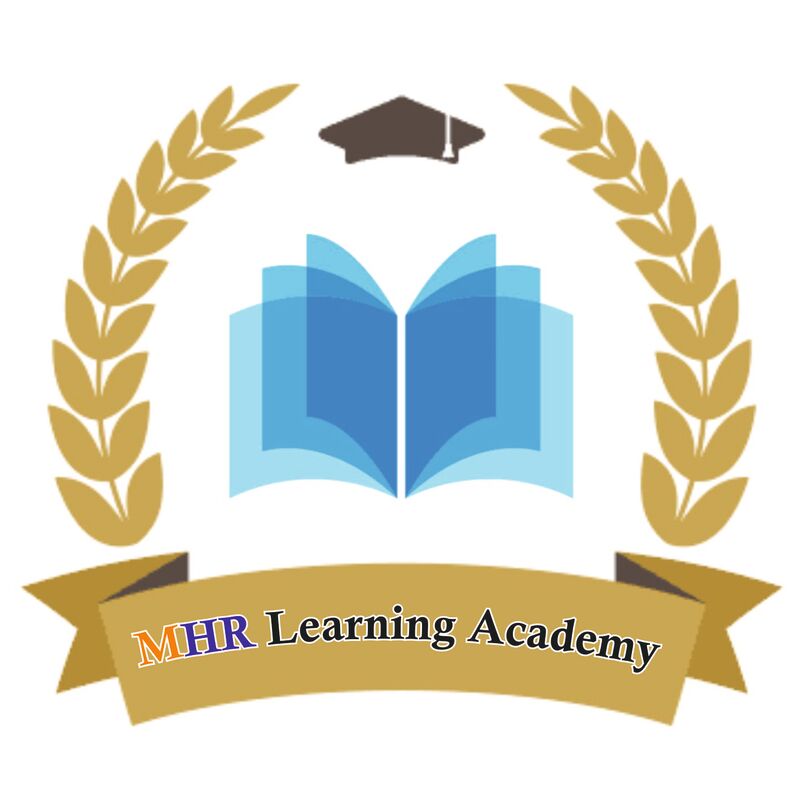
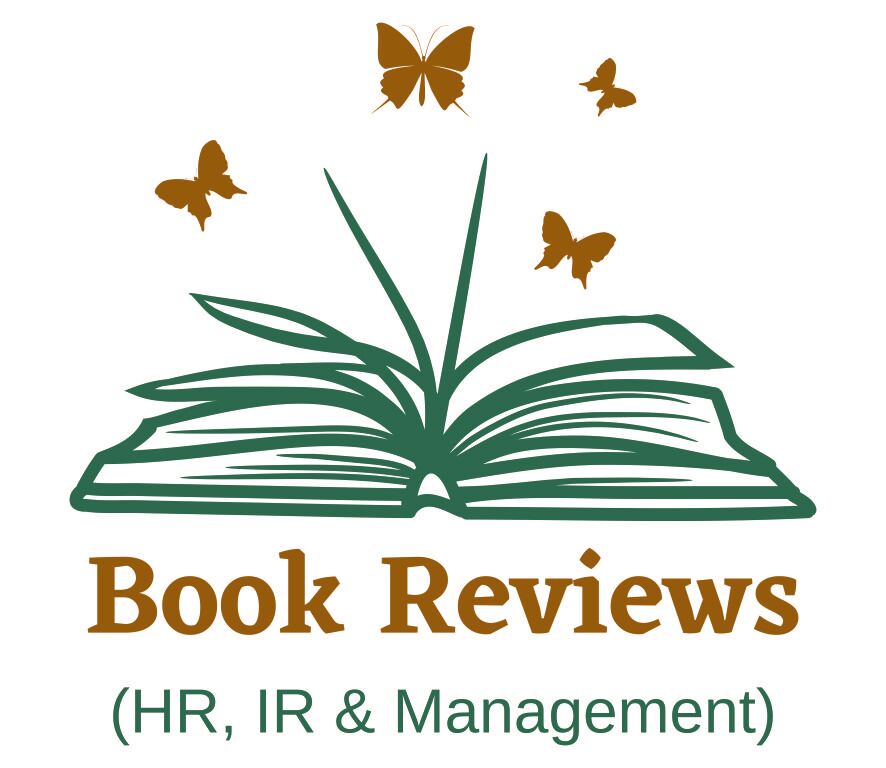
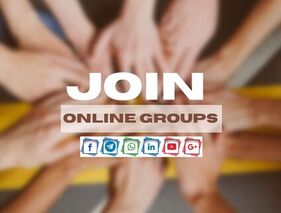
 RSS Feed
RSS Feed
